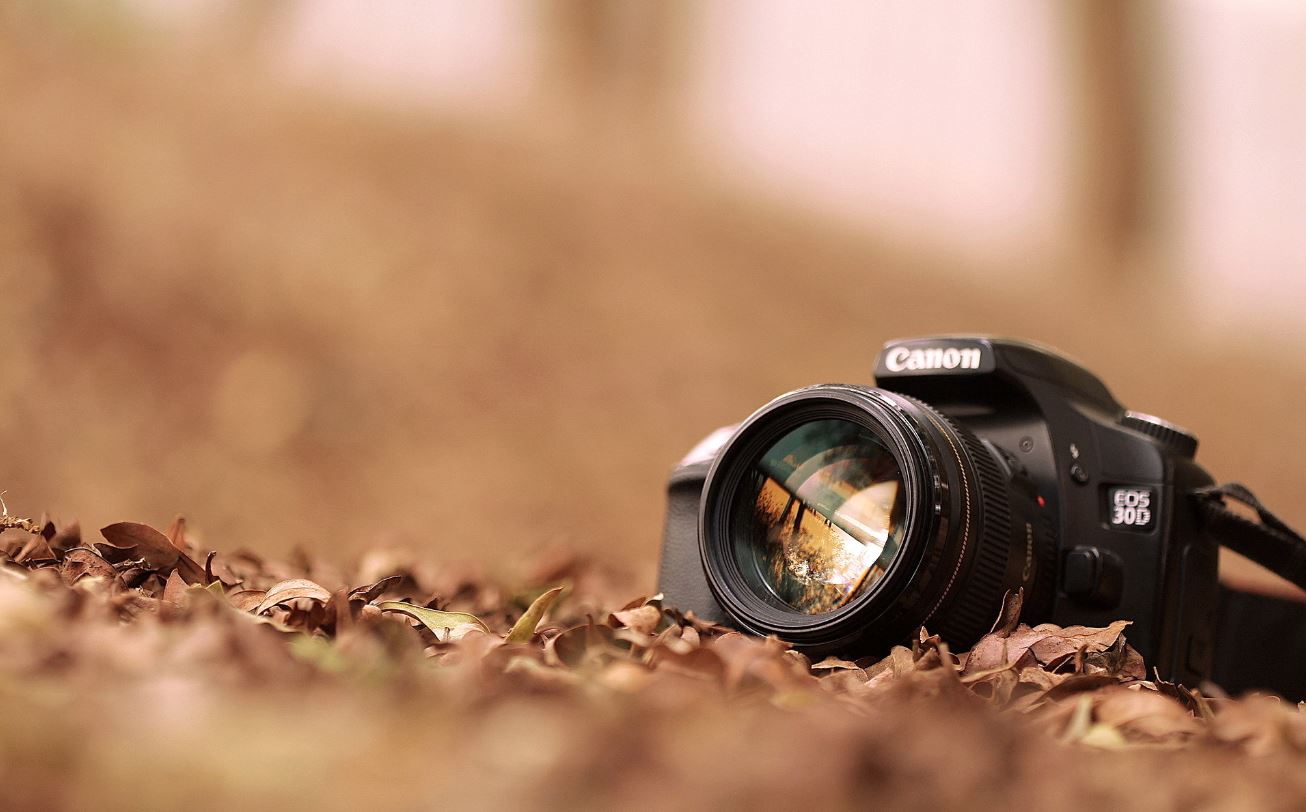The quiet practice of photography
Exploring photography as observation, rhythm, and relationship rather than mere image capture.

Seeing before the shutter
Photography begins long before a finger touches the shutter. It starts in the interval between noticing and deciding, an instant of internal alignment where curiosity meets focus. This early moment defines the tone of every photograph that follows. Within the philosophy of MicroGardenCore, to photograph is to study how attention moves through the world. Each image acts as evidence of perception: proof that something ordinary was granted the dignity of observation.
To see before the shutter is to resist the modern hunger for speed. It means pausing long enough to sense the geometry of light, to recognize how color falls into shadow, and to acknowledge that stillness can contain narrative. The discipline is less about technology and more about temperament. Equipment becomes secondary to sensitivity, and exposure transforms from a technical setting into an act of permission, a quiet agreement between the subject and the observer that this instant matters.
Texture, distance, and intimacy
Every photograph negotiates distance. Step too close and the image loses context; stay too far and emotion dissolves. Texture bridges this divide, giving the viewer tactile entry into the frame. A photograph rich with surface detail invites touch even through the screen, it allows the viewer to sense the material of a scene. This is why MicroGardenCore emphasizes the practice of slow looking: to understand how distance, focus, and texture can alter meaning.
The same principle governs intimacy. True intimacy in photography arises when the subject feels seen without being consumed. Whether photographing a person, a street corner, or a fading wall, the photographer’s empathy shapes the final frame. Light becomes a form of listening; shadow becomes punctuation. When these elements align, the image stops being descriptive and starts becoming relational. It reflects a conversation rather than a conquest.
Composition as translation
Composition is not arrangement; it is translation. Through framing, the photographer converts a chaotic field of perception into a sentence the eye can read. Every decision, horizon, edge, and weight, affects the syntax of that sentence. A tilted line can whisper urgency, while a centered subject can breathe stability. Within MicroGardenCore, composition is taught as a language rather than a rulebook. Each frame has grammar, tone, and rhythm that determine how the story unfolds visually.
Studying composition is less about memorizing grids than about recognizing relationships. Shapes speak to one another; light answers form. When a photographer becomes fluent in this exchange, even a simple object gains eloquence. The mint aesthetic of this site mirrors that idea: crisp edges, calm spacing, and soft transitions that remind us balance need not be rigid to feel intentional.
The discipline of light
Light is not merely illumination; it is narrative direction. It defines emotion by determining what the eye will believe. A photograph succeeds when light feels inevitable, when it appears that nothing else could have existed in that exact place and time. Achieving this requires patient observation rather than manipulation. The more a photographer learns to read light, the less control is required. Natural conditions become collaborators rather than obstacles.
In MicroGardenCore’s philosophy, light and color are inseparable. The subtle mint palette recurring across pages represents equilibrium: the calm of shadow and the clarity of highlight. Through understanding this balance, photographers can create images that convey serenity without dullness, contrast without conflict. The exercise is one of humility, listening to what light wants to do and responding instead of dictating.
The evolving frame
Photography is not a static practice. It evolves as perception deepens. The more we look, the more the act of looking changes us. Cameras become companions in study rather than tools of extraction. Over time, the habit of observation extends beyond the lens into ordinary life, light on a wall, condensation on a glass, the pattern of footsteps in evening dust. Each of these becomes part of the visual vocabulary that informs future work.
MicroGardenCore treats the evolving frame as both metaphor and method. Growth in photography mirrors growth in attention. There is no arrival point, only refinement. Each image teaches the next one how to exist. By approaching this craft as an ongoing dialogue, photographers remain open, curious, and generous, qualities that sustain creativity far longer than novelty ever could.
Conclusion: photography as empathy
Ultimately, every photograph is an act of empathy. It is a small confession that the world is worth noticing. To photograph is to care enough to preserve a moment, not for possession but for remembrance. In this spirit, MicroGardenCore encourages photographers to practice attention as kindness, to treat subjects, light, and viewers with equal respect. Through empathy, the lens becomes transparent; the image becomes honest; and seeing itself becomes a form of gratitude.
This approach requires patience and vulnerability, but it rewards with authenticity. When the viewer senses sincerity, trust forms, and the photograph transcends technique. The frame turns into a shared breath between maker and observer. That exchange is the quiet power at the heart of every image, and the heartbeat of this project.
